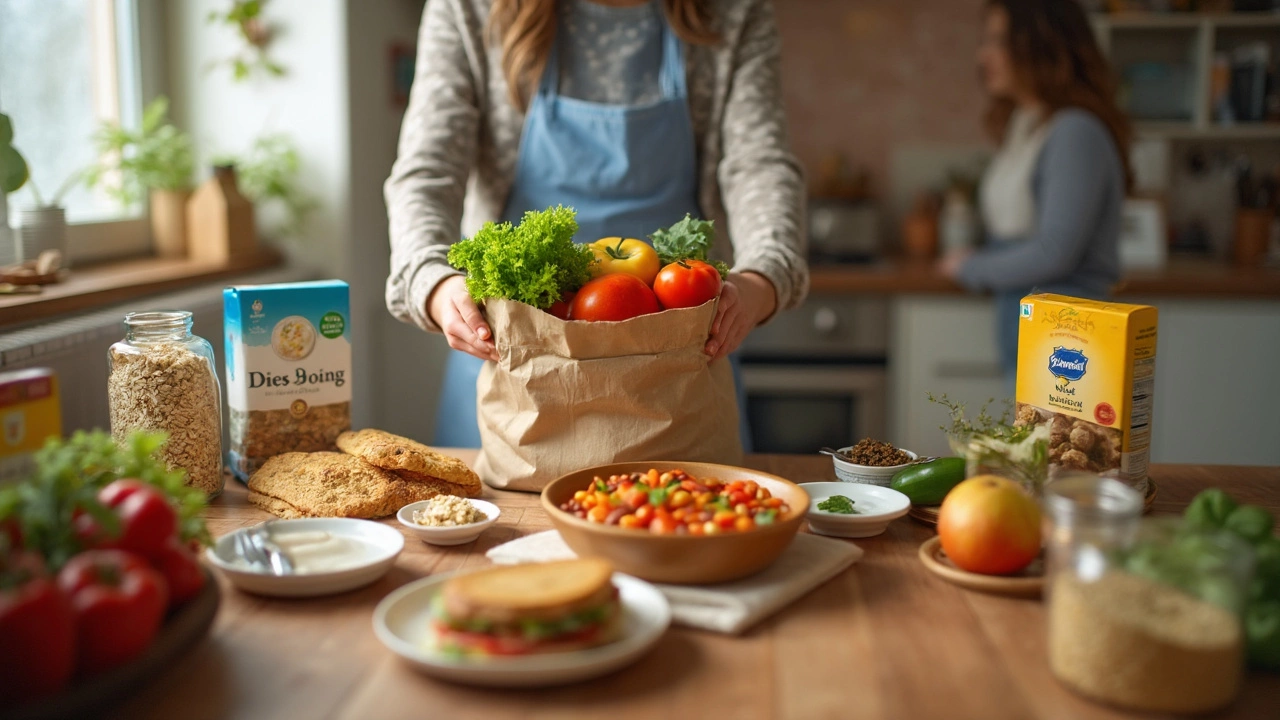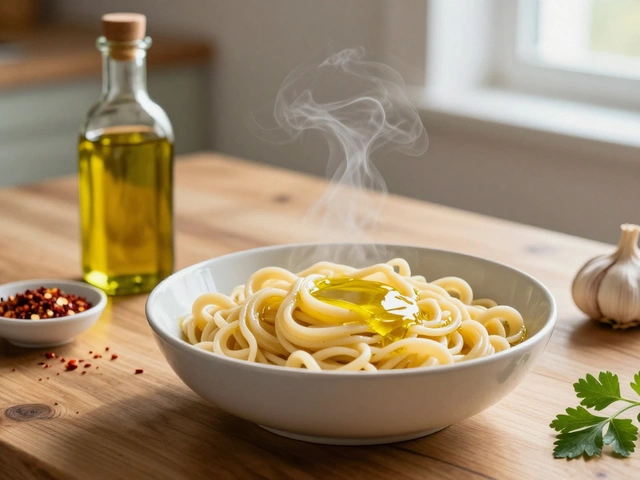Healthy Cheap Food – Easy, Tasty, and Budget‑Friendly
Got a tight grocery budget but still want to eat right? You’re not alone. The good news is that healthy eating doesn’t have to cost a fortune. With a few smart swaps, pantry staples, and batch‑cooking tricks, you can stretch every pound while keeping your plate colorful and nutritious.
Pantry Basics that Save Money
Start by stocking low‑cost staples that form the backbone of cheap, healthy meals. Think dried beans, lentils, brown rice, oats, and frozen vegetables. A cup of beans costs less than a dollar and gives you protein, fiber, and iron. Freeze any extra portions so they stay fresh for weeks.
When you buy grains, look for bulk bins or supermarket own‑brand packs. They’re usually cheaper per kilogram than name‑brand boxes. Keep a small bag of whole‑grain pasta or quinoa on hand for quick stir‑fries or one‑pot dishes.
Smart Shopping Strategies
Plan your meals around what’s on sale. If chicken thighs are discounted, buy a family‑size pack, portion it, and freeze leftovers. Use a grocery list to avoid impulse buys, and stick to the outer aisles of the store where fresh produce and protein live.
Don’t skip the produce section. Seasonal fruits and veg are cheaper and taste better. Buy a bag of carrots, a bunch of cabbage, or a sack of potatoes – they store well and can be turned into soups, stews, or roasted sides.
Another tip: shop the freezer aisle. Frozen berries, spinach, and peas are flash‑frozen at peak ripeness, so they retain nutrients and cost less than fresh out‑of‑season options.
When you cook, make big batches. A big pot of chili, lentil soup, or vegetable curry can feed a family for several days. Portion it into containers, label with the date, and you’ll have ready‑made meals that cost a fraction of eating out.
Use your leftovers creatively. Turn roasted veg into a grain bowl, or blend yesterday’s soup into a sauce for pasta. This reduces waste and stretches your food budget further.
Seasoning matters too. A few basic spices – cumin, paprika, dried herbs – add flavor without pricey sauces. Buy them in small jars or bulk to keep costs low.
Finally, track your spending. Write down how much you spend on each grocery trip and compare it to your weekly budget. Small adjustments, like swapping an expensive snack for a homemade trail mix, add up quickly.
With these habits, you’ll find that eating healthy on a shoestring is totally doable. Grab those cheap pantry heroes, plan smart, and watch your meals stay tasty, nutritious, and affordable.

Healthiest Cheapest Food to Eat: The Real Budget Superstars
by Landon Weathers / 13 Jun 2025This article digs into the top foods that tick both the health and budget boxes. You'll find clear answers about what to actually buy if you want to stay healthy without spending much money. It covers key choices like beans, oats, and veggies, plus how to make them work in real life meals. There are facts, tips, and practical shopping advice that anyone can use. Expect straight-to-the-point info, not empty theories.




